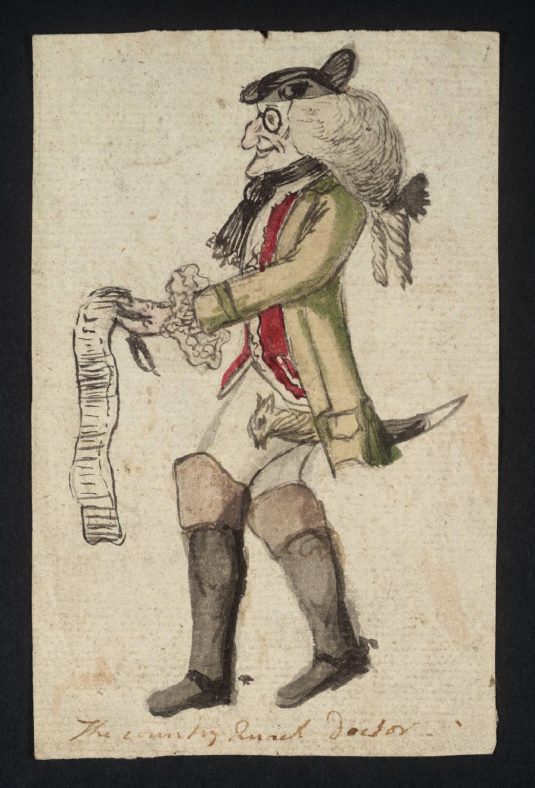It has been suggested that the Milford incumbent was a victim of the Black Death in the Fourteenth Century. Treatments at that time were bleeding, fumigation and isolation and little changed until the Nineteenth Century.
There was a lack of organised scientific knowledge and most practical knowledge was gained by surgeons in wartime. Admiral Cornwallis experimented successfully with feeding his crews limes to prevent scurvy.
In the Eighteenth Century, Milford had to rely largely on its own resources for healthcare. There was a surgeon in Lymington, a Mr Hackman and one Thomas Thirle who would remove teeth or cut your hair. Midwives were local and largely untrained. There were no antiseptics nor anaesthetics until the 1840s. The nearest general hospitals were in Winchester and Salisbury. To get treatment you had to be, or be sponsored by, a subscriber.
By the end of that century Milford’s population was rising rapidly, the salt industry was disappearing fast, the poor were often homeless. The various household remedies would not combat the scourges of small pox, cholera and typhus.
Links
http://www.vam.ac.uk/content/articles/h/health-and-medicine-in-the-19th-century/
References
Robert Coles, Our Hospital – a History of Health Care in Milford-on-Sea, 1994, League of Friends, Milford-on-Sea War Memorial Hospital.
Records
If you would like to research Milford’s history, take a look in our archive.
If you have some documents, images or artefacts which tell some of Milford’s history and would like to donate them to the archive then follow up here.






No Comments
Add a comment about this page